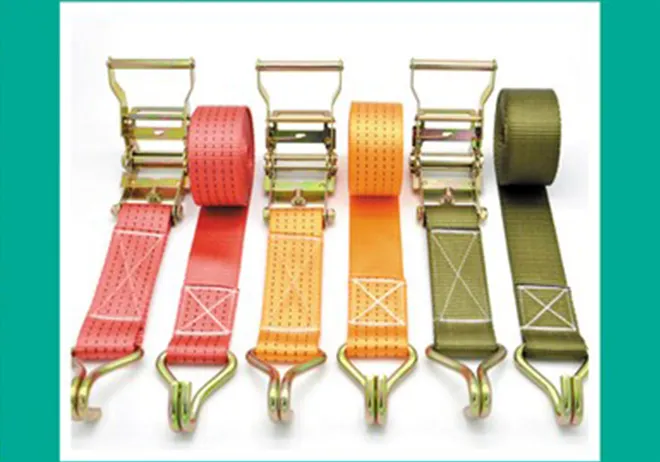leather sewing for beginners
Leather Sewing for Beginners A Comprehensive Guide
Embarking on the journey of leather sewing can be both exciting and rewarding. With its durability and timeless appeal, leather is a favorite among crafters. Whether you’re looking to create simple accessories like wallets and keychains, or more complex items such as bags and jackets, mastering the basics of leather sewing is the first step. This guide aims to provide beginners with essential knowledge and tips to help kickstart your leather sewing projects.
Understanding Leather Types
Before diving into sewing techniques, it's crucial to understand the various types of leather available. Leather is categorized into several types based on its origin and treatment
1. Full-grain leather This is the highest quality leather, complete with natural imperfections. It's durable and develops a unique patina over time. 2. Top-grain leather Slightly less durable than full-grain, top-grain leather is sanded and treated to remove imperfections, making it smoother.
3. Genuine leather This type is made from the layers below the top grain and is often less expensive but also less durable.
4. Bonded leather This is made from leather scraps bonded together, generally considered the lowest quality.
Knowing the characteristics of these types will help you select the right material for your projects.
Essential Tools and Materials
Starting with the proper tools and materials can significantly affect your results. Here’s a list of essential items you'll need
- Leather Choose a piece suitable for your project. For beginners, vegetable-tanned leather is recommended due to its workability. - Cutting tools A sharp utility knife or rotary cutter is necessary for clean edges, along with a cutting mat to protect your work surface. - Ruler and straight edge These will help you measure and mark precise lines on your leather. - Awl This small tool will help you create holes for stitching. - Needles Leather needles are specifically designed to pierce through leather without causing damage. - Thread Choose a strong polyester or nylon thread, which is durable and available in various colors. - Punch set A set of hole punches ensures reliable spacing and size for stitching holes. - Thimble This will protect your fingers when pushing the needle through thick leather.
Basic Sewing Techniques
Once you have your materials ready, you can start practicing basic sewing techniques
leather sewing for beginners

1. Measuring and Cutting Use your ruler to measure and mark all your cutting lines clearly. Take your time to ensure accurate cuts.
2. Preparing Holes for Stitching Use your awl to make holes where you’ll be stitching. Ensure they are evenly spaced—typically about 1/8 inch apart is a good rule of thumb.
3. Saddle Stitch This is a popular and strong method for sewing leather. It involves two needles and a single length of thread. You thread both ends of the thread through each needle and employ a back-and-forth motion, ensuring the stitches are tight and evenly spaced.
4. Finishing Edges After sewing, consider finishing your edges with an edge tool to create a smooth, professional-looking finish. You can burnish the edges with a leather edge tool and some water or burnishing compound.
Tips for Success
As a beginner, you might encounter some challenges. Here are some tips to ensure your success in leather sewing
- Practice on Scraps Before starting your main project, practice stitching on scrap pieces of leather. This will help you get a feel for the material without wasting your project material.
- Take Your Time Leather work is not a race. Taking the time to plan, measure, and cut accurately will yield better results.
- Keep Your Workspace Organized An organized space with tools easily accessible will help you maintain focus and efficiency.
- Be Patient Mastery of leather sewing won't happen overnight. Don't get discouraged by mistakes; instead, view them as opportunities to learn and improve.
Conclusion
Leather sewing offers a creative outlet that can lead to beautiful and functional items. By understanding the types of leather, equipping yourself with the right tools, and learning essential techniques, you can embark on a fulfilling journey into the world of leather crafting. With practice and patience, your skills will develop, enabling you to tackle more complex projects. So gather your materials, and get ready to create stunning leather crafts that you'll be proud to showcase!
-
Boost Production Efficiency with a Pattern Sewing MachineNewsAug.29,2025
-
Industrial Excellence with the Best Heavy Duty Sewing MachineNewsAug.29,2025
-
Precision and Power with the Best Pattern Sewing MachineNewsAug.29,2025
-
Reliable Bulk Packaging Starts With the Right FIBC Sewing MachineNewsAug.29,2025
-
Advanced Packaging Solutions: Elevate Productivity with Jumbo Bag Sewing Machine and Industrial Stitching EquipmentNewsAug.29,2025
-
High-Performance Solutions for Bulk Packaging: FIBC Sewing Machine and MoreNewsAug.29,2025
-
Maximize Efficiency with an Industrial Cylinder Arm Sewing MachineNewsAug.28,2025


























